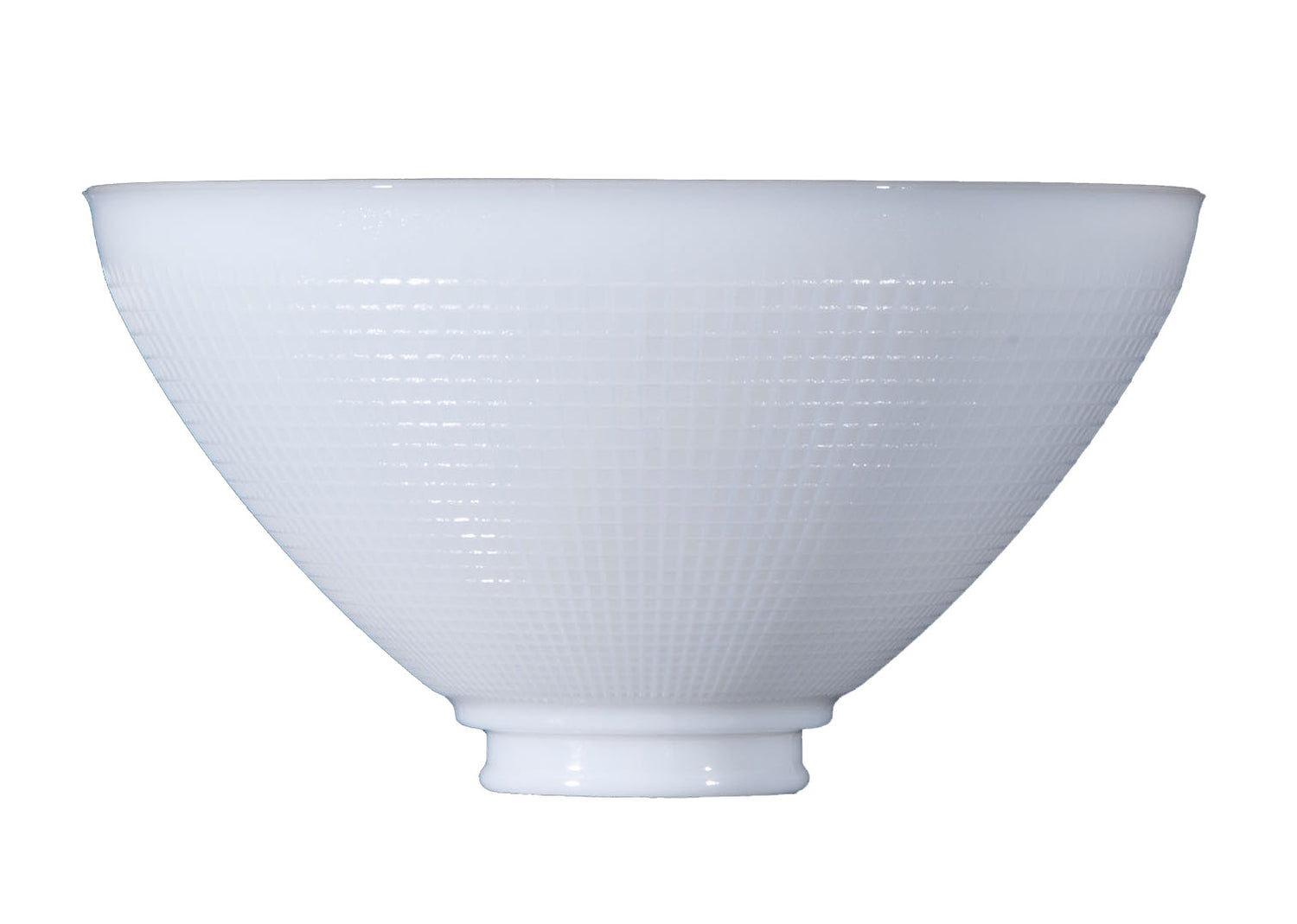Parts of Kerosene Oil Lamps
Whether you are rebuilding an antique kerosene oil lamp or you need only a few replacement parts to restore your kerosene lamp to its former glory, Antique Lamp Supply is here to help. This comprehensive guide explains all the parts of kerosene oil lamps, so you know what to look for while shopping for components. Most kerosene oil lamps are designed with a chimney, a burner, a collar, wick, a shade, and a shade collar.
Chimney
Kerosene oil lamps feature chimneys that are quite fragile and must occasionally be replaced. Choosing the correct chimney size for a kerosene lamp is not only a question of aesthetics but, in some cases, may determine the efficacy of the lamp burner. Glass chimneys vary in thickness and are designed according to exact specifications. A kerosene lamp used at high altitudes may require a taller chimney for efficient combustion. With a glass chimney design, lamp burners are able to draw enough oxygen needed for combustion through apertures below the combustion chamber.
To determine what chimney size to buy for your kerosene lamp, measure the base diameter to ensure that the chimney will not fall over when transported. A well-fitted chimney augments the basic design of a kerosene lamp by facilitating an updraft that continues through the top of the chimney. The updraft helps to keep the metal burner cool and the flame steady. For more information or guidance, read our resource article: Choosing the Correct Size for Kerosene Lamp Chimney.
Burner
Kerosene oil lamps are also equipped with metal burners, in which wicks pass through directly into the fuel container. Choosing the correct size burner is extremely important because an ill-fitting burner can create a fire hazard. It’s also possible that an ill-fitting burner won’t be able to support the weight of the glass lampshade or chimney. Carefully test the burner for a proper fit before adding fuel or glassware to the lamp. Test by screwing the burner down in a normal fashion until it is tight against the lamp. The burner should thread smoothly and snugly into the lamp collar. To learn more about finding a burner replacement, read our article: How to Choose a Replacement Kerosene Burner.
Collar
The lamp collar may be small, but it is a fundamental piece to the kerosene puzzle. Lamp collars are fastened onto the top of the oil found in any kerosene oil lamp. They are threaded and allow the burner to be attached to the lamp. Quality lamp collars are made of solid brass and are carefully manufactured to ensure a proper fit. Collars come in several sizes. Large collars typically fit lamps with central draught burners. Miniature collars typically fit lamps with nutmeg or acorn burners. Once you have attached the burner to the collar of your lamp, slowly turn the burner in a clockwise manner while lightly pressing down. This mounting procedure will determine whether the burner fits.
Wick
Lamp wick is irrefutably one of the most important components of any kerosene burner. Wicks are intended to absorb and transport fuel to the top of the kerosene burner for combustion. There is little chance that your burner or oil lamp can reach its full potential without an adequate wick. Wick must be naturally absorbent and have a strong capillary action between non-absorbent fibers. Most wicks are made from braided cotton. Wicks with a round design usually produce a cleaner burn, but wicks with a flat design come in larger sizes that produce more light.
Shade
Kerosene oil lamp shades shield the light source to reduce glare while also helping to diffuse the light. Most shades are made of glass because it is quite durable and will last for years of regular use without losing performance. Glass chimney lamp shades are beloved for their beauty and durability. With many different designs available, you are sure to find something to match your taste and the design of your antique lamp.
Shade Holder
A kerosene oil lamp’s shade holder is the fitting that holds the shade to the lamp. There are two primary holder types that are designed for glass shades. The first is a fixture-type holder that uses small set screws to hold the lampshade in place. The set screws are necessary because the holders face downward. If the screws are not properly tightened against the shade’s fitter, the shade may fall to the floor and shatter. The second type is a straight-type shade holder, which requires no set screws because the holder is always in an upright position. Once you determine the correct type of holder for your lamp, determine the correct size by measuring the diameter of the holder’s opening. Fitter sizes are standard: 2.25 inches (electric-era fixture shades), 2.5 inches (gasolier shades), 3.25 inches (fixture and pendant, 4 and 5 inches (gas and pendant shades), or 6 inches (pendant shades and hanging lamp slant shades). Learn more by reading our article: How to Choose a Tripod Shade Holder.
If you are unsure about choosing a component for your kerosene lamp, please check with one of our experienced and knowledgeable dealers in your area by using our online Dealer Locator. If you have any questions about this article, please contact us today to speak with a customer service representative.

